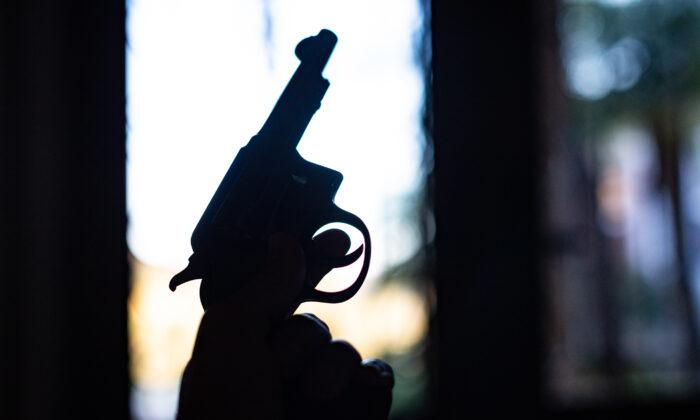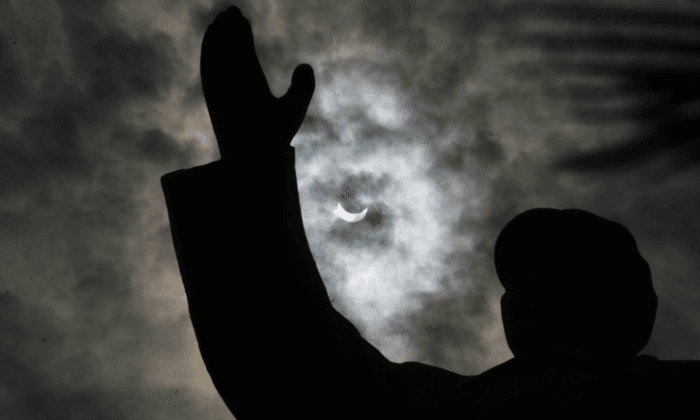At first, I had thought that the poorly worded headline must be mistaken, as there are cities, such as Kennesaw, Georgia, that have required residents to own guns.
In San Jose’s case, “gun ownership requirements” means paying an annual tax and being required to purchase insurance to exercise the right (privilege?) to own a firearm.
Why should individuals who played no role in the crimes of others be held responsible? I don’t know the answer, but it seems that holding criminals responsible for their own misdeeds is becoming increasingly unpopular in California governance.
What stands out to me from the report is that it seems that it is only entities dependent on taxpayer money that unabashedly publicize how crazily inefficient they are in order to argue for more resources.
Liccardo expects anyone who goes plinking with a .22 rifle to help pay for that.
In defense of requiring gun owners to purchase insurance, Liccardo claims that it “incentivizes safe gun ownership, where risk-adjusted premiums might encourage owners to take gun-safety courses, use gun safes or install child-safety locks.”
He compares it to auto insurance: “In the context of auto safety, insurers rewarding good driving or the use of airbags have reduced per-mile auto fatalities by 80% in five decades, saving 3.5 million lives.”
As is often the case when looking at claims made by civilian disarmament advocates, they cite advocacy organizations that make it an involved process for the reader to determine the source and plausibility of those claims.
By going down this rabbit hole, one sees that Liccardo is making things up. The author of the Center for Auto Safety report does not even mention insurance as a reason for why traffic fatalities went down. Liccardo’s comparison is based entirely on misdirection and obfuscation.
Liccardo seems to be running a play out of the Obamacare playbook (or, really, a play based on Justice John Roberts’s sophistic opinion that declared Obamacare’s individual mandate a tax, which should have invalidated it, since taxing bills are to originate in the House). The Obama administration’s argument was not that the penalty for violating the individual mandate is a tax, but that the federal government may force individuals to purchase insurance based on the Commerce Clause.
In this case, Liccardo is covering both bases: the legislation has both an annual fee for gun owners (a tax) and a mandate to purchase insurance. Thus, if only one burden on gun owners is overturned, the other remains.
Another legal challenge the bill’s proponents expect to face is “the constitutionality of permanent seizure of the firearm as a consequence of noncompliance.”
“The response to every officer’s call for domestic violence in my city, for example, includes the question, “do you have any guns in the home?” If that gun owner lacks proof of payment or insurance, the police can seize the gun.”
Of course, the penalty for failure to provide proof of insurance for one’s car is not impoundment (let alone permanent impoundment). We again see the intellectual dishonesty in comparing the legislation to the regulation of automobiles.
Also dishonest is the common practice of citing particular mass shootings as the impetus for further restrictions on gun ownership without asking, let alone answering, the question of how such restrictions would have done anything about the mentioned shooting.
In his opinion piece, Liccardo begins by mentioning the May 26, 2021, San Jose shooting that resulted in nine deaths, as well as the suicide of the shooter. Although he does not claim that the measure would have prevented this event, it is an awkward incident to mention if he is making a case about the fiscal impact of gun violence since the vast majority of the estimated cost per shooting is incarceration, which does not apply in this case.
Clearly, the intended effect of mentioning this shooting is emotional manipulation, not to provide a useful illustration.
The court decided that such a connection is necessary if Cook County is going to put a special tax on a fundamental right. However, the California Constitution does not recognize an individual’s right to bear arms, nor does it have a similar uniformity clause from what I can tell, so San Jose’s tax is unlikely to face a similar legal challenge, at least at the state level.
Regardless of any laughable claims about reducing the burden on taxpayers, proponents know they will face legal challenges and that the taxpayer will have to pay for them.
They know that the measure will do nothing about gun violence, as that is not the point. The point is to put extra burdens on gun owners and increase the powers of the state to disarm the public.





